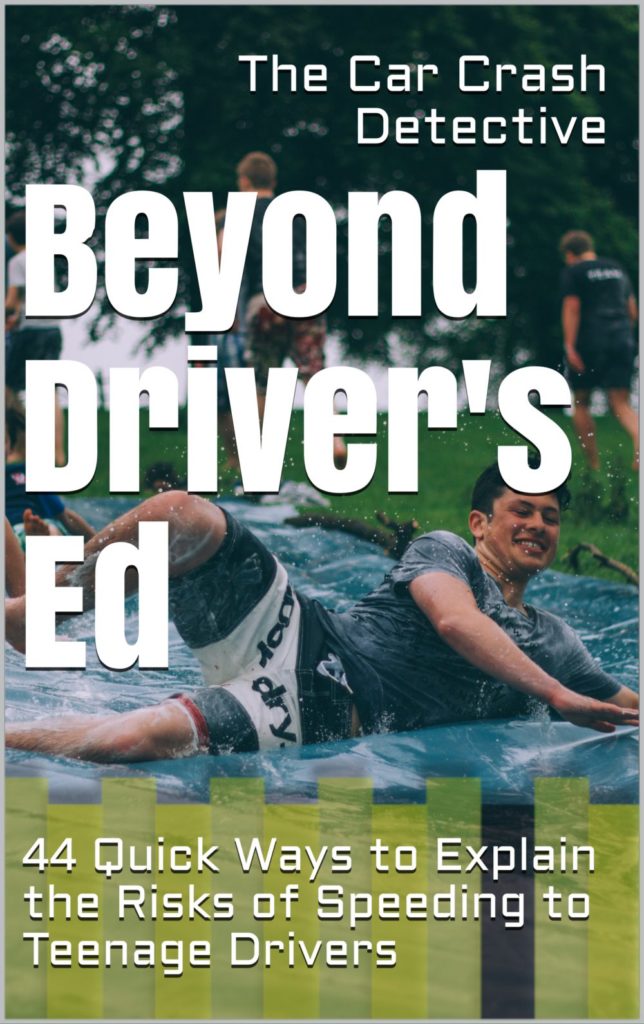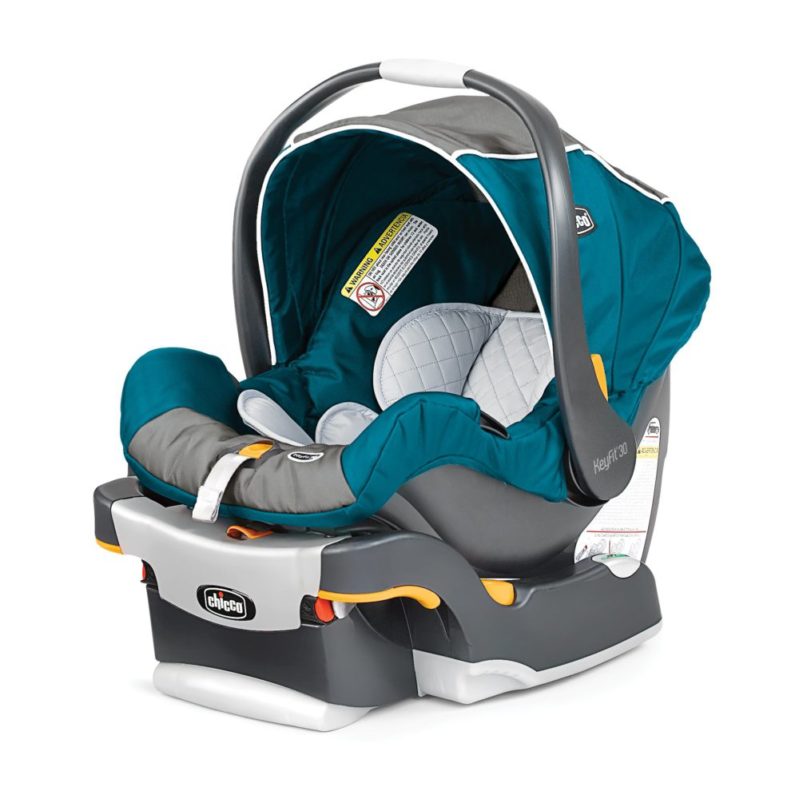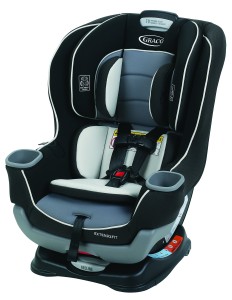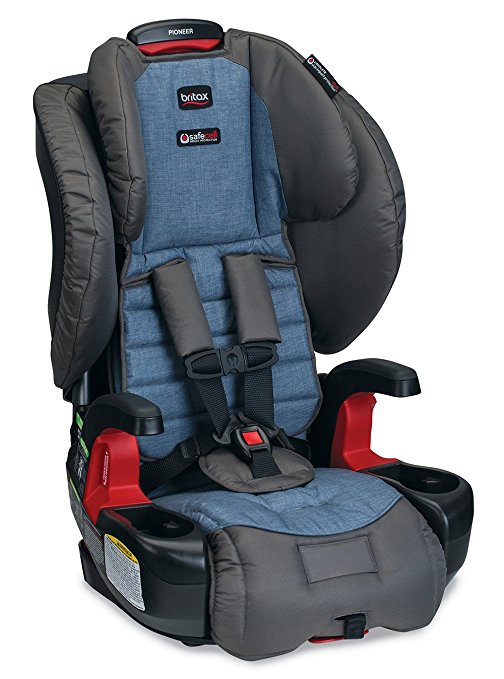
One of the most frequent questions I get involving car travel is a variation of the how important are car seats / seat belts? question. It’s phrased in different ways, such as when parents ask if kids really benefit from continuing to rear-face past one (they do), or if preschoolers should still be rear-facing (they should), or if kindergartners are old enough for boosters (typically not), or if elementary-aged kids are fine in the front seats (almost never). These variations of the question are quite mild, though, compared to the more brazen versions, such as whether car seats are really necessary over short trips, or whether kids can share seat belts or go without them when traveling around the neighborhood. To put it simply, yes, car seats are always necessary for kids who aren’t old enough to use seat belts (i.e., most children under 10-12), and no, it’s never OK for kids to share seat belts or go without them once they’re old enough to no longer need seat belts. We’ll take a deeper look at these questions below.
Do kids really need car seats (or seat belts) on short trips around the street, in my neighborhood, or at low speeds in town?
Yes. Car seats (and seat belts for older children) are designed to keep children safe from auto-related blunt force trauma (hitting or being hit by objects with sufficient energy to cause injury or death). Such trauma can occur at even low speeds. It can occur during short trips in town or around the neighborhood; this isn’t a risk worth taking. Let’s look at how many parents take that risk and what can happen when they do.
NHTSA statistics indicate that the vast majority of child passengers are restrained, although precise numbers aren’t available to tease out under what conditions children are least likely to be restrained. However, we know that in 2015, 89% of kids under 13 who traveled in cars were restrained. This figure peaked at 97% for kids under 12 months, dropped to 94% for kids between 1 and 3, and dropped to 88% for kids between 4 and 7.
What percentage of kids are restrained according to best practices?
However, just because most kids are restrained doesn’t mean they’re properly restrained. Only 87% of children under 1 were rear-facing, despite that being the law in every state; another 10% were forward-facing (a much more dangerous choice), while 3% were completely unrestrained (most likely lap babies, which is as risky as it gets for a child in a car). Between ages 1 and 3, only 9% of kids were rear-facing, despite that being by far and away the safest choice for children in that age range. The majority at 68% were forward-facing, while 14% were in boosters (even less safe than forward-facing at that age), 4% were only restrained in seat belts (even less safe than boosters), while 6% weren’t restrained at all. By the time kids reach 4-7, a full 26% were using seat belts (despite seat belts being inappropriate for 100% of 4-7 year olds) and 12% had no restraint system whatsoever.
How much more are children likely to be seriously injured in crashes if they aren’t restrained in car seats or seat belts?
Now that we’ve gone over how children are restrained, here’s what happens when they aren’t. The 2010 NHTSA Report “Children Injured In Motor Vehicle Traffic Crashes” notes on page 10 that unrestrained children under 1 were roughly 8x as likely to sustain incapacitating injuries as restrained children under 1. Unrestrained children between 1 and 7 were 7x as likely to suffer incapacitating injuries as restrained children.
What exactly is an incapacitating injury?
Incapacitating injuries were defined as injuries rated as 2 or higher on the Abbreviated Injury Scale (AIS), a rating scale for injury severity. The scale ranges from 1 to 6; a 1 is a minor injury (e.g., a skin contusion). An AIS-2 is a moderate injury, such as a fractured sternum or a minor liver contusion; an AIS-3 is a serious injury, such as an open fracture (where the bone breaks through the skin) of the humerus or a fractured femur. An AIS-4 is a severe injury, such as a perforated trachea or a flail chest. An AIS-5 is a critical injury, such as a ruptured liver with loss of tissue or a complex ruptured spleen. An AIS-6 is a maximum, fatal, or unsurvivable injury, such as a total severance of the aorta or brainstem. An AIS-1 represents a 0% probability of death. An AIS-2 is a 1-2% probability. An AIS-3 is an 8-10%, while an AIS-4 and 5 are 5-50% fatal events, and an AIS-6 represents a 100% fatality rate.
What risks do unrestrained children face in frontal, side, and rollover crashes? And does the seating position make a difference?
In other words, unrestrained children are 7x-8x more likely to suffer moderate to fatal injuries as children properly restrained. The discrepancy in injury rates applies in a range of situations. Page 12 in the study notes that unrestrained children in frontal crashes who sat in the 1st row were 7x as likely to experience AIC-2+ injuries; the risk was 6.5x as high for children in frontal crashes in 2nd and additional rows. In rollovers, the risk was nearly 3x as high for unrestrained children. In side impacts, the risk was 5-8x greater for unrestrained children. To put it simply, the risks are highly elevated in all kinds of crashes and in all seating configurations; there is no safe place to seek shelter in in a vehicle without restraints.
What kinds of injuries are kids most likely to face in a car crash?
Furthermore, children who sustained AIC-2+ injuries were most likely to sustain head injuries; specifically, these injury rates were highest in children under 1. The article noted the potential for long-term complications from head injuries in children and the greater likelihood of their sustaining poorer injury outcomes than what adults would experience from similar injuries. The article additionally noted the possibility for the delayed appearance of neurological deficits after head trauma, such as frontal lobe trauma impeding higher level reasoning, social interactions, and interpersonal skills in adolescents. Similarly, injuries to reading and writing areas in the brain could likely be hidden until children reached school age and began to show signs of delayed skills in these areas.
Unrestrained children are more likely to suffer brain damage. This brain damage may not become obvious for years, and it may also be irreversible. There is no compelling reason to voluntarily transport children in motor vehicles without appropriate restraints.
The rules of physics apply equally to younger children unrestrained in car seats and older kids and adults unrestrained with seat belts. They continue traveling at the same velocity as the car until they come to a stop (in the front vehicle seat, in the dashboard, in the windshield, through the windshield, into a tree, into the road, etc). In other words, it’s not okay for older kids to skip seat belts on really short trips or when driving at really low speeds, and it’s not okay for adults to do so either. Everyone is at risk.
Can kids or adults share seat belts on short trips, at low speeds, or in the neighborhood?
No. Seat belts are designed to be used by one person at a time. The forces experienced in a collision are tremendous; even a 15 mph crash is equivalent to falling off a 7.5 foot ladder. It’s easy to fracture an extremity (e.g., an outstretched arm, wrist, leg, elbow, knee) from such a height. A 25 mph crash is like being pushed off the roof of two story building (i.e., 20.5 feet in the air) – some studies have shown a 50% death rate from falls of that height.
Sharing seat belts doubles (or more) the force that a given seat belt is designed to manage while severely increasing the risk that each occupant sharing the belt will collide with the other during the throes of the crash. If there aren’t enough appropriate restraints for each occupant, the vehicle must not be allowed to start. The risks (as illustrated above) are far too high.
But I’m a safe driver / drive really slowly / only do it once in a while / etc
No matter how safe we are, we can’t control what other drivers do. A full 50% of motor vehicle fatalities involve multiple vehicles; you can drive at 15 mph all day long but if someone else is drunk or texting and rams into you at an intersection at 45 mph, you just found yourself in a 45 mph side impact collision where nothing you do at that moment will affect your survival. All that will matter will be whether you and your loved ones were safely restrained or not (and whether or not you were driving a vehicle with basic safety features like side impact airbags with head and torso coverage). Don’t put any more of your loved ones’ lives in the hands of strangers than necessary. Never pull out of park until everyone in your vehicle is properly restrained every single time. Once you’re on the road, it’s too late.
—
If you find the information on car safety, recommended car seats, and car seat reviews on this car seat blog helpful, you can shop through this Amazon link for any purchases, car seat-related or not. Canadians can shop through this link for Canadian purchases.




 If you find my information on best practices in car and car seat safety helpful, you can
If you find my information on best practices in car and car seat safety helpful, you can 









